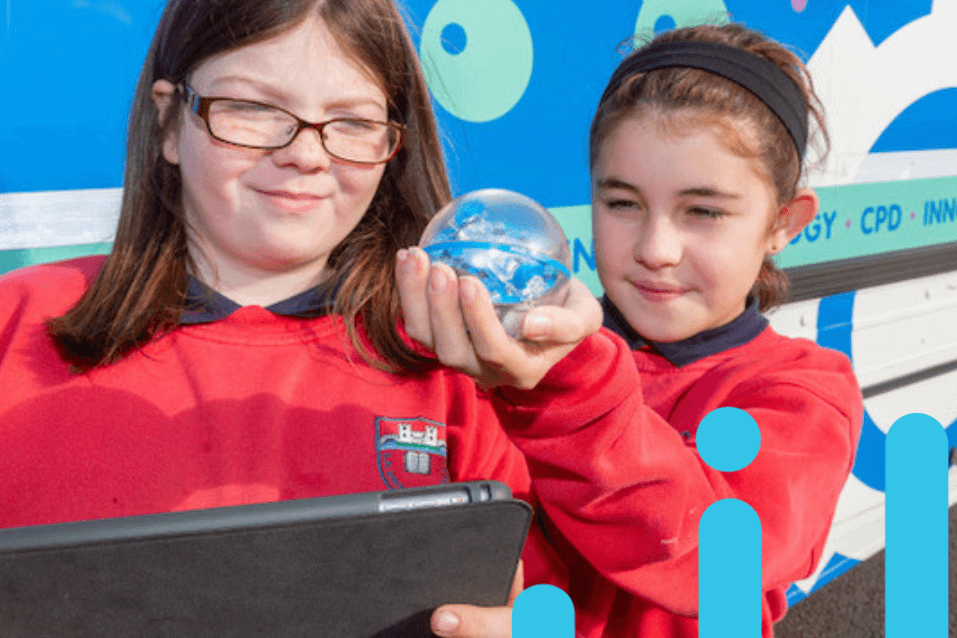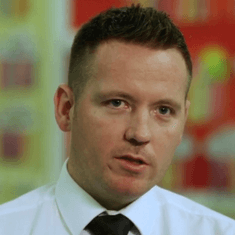By Michael O’Kane
Best Coding Games for EU Code Week for Schools
Coding games are a brilliant way to easily teach primary school children coding, computational thinking, logical thinking, and problem-solving skills. All of these skills are important life skills that are valuable to apply in all subject areas inside and outside the classroom.
Coding can seem like a very specialist subject but luckily there is no shortage of excellent curriculum programs and coding games to help students (and teachers) develop their confidence and their coding skills. In fact, there are enough tools and resources on the Swift Playgrounds app and the Everyone Can Code curriculum from Apple to develop these 21st Century skills across the curriculum right throughout the whole year!
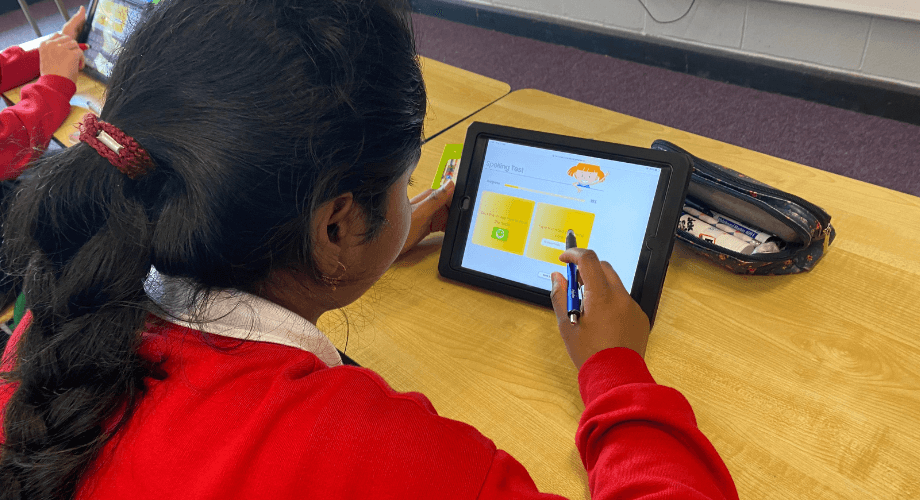
...but why learn to code?
Learning to code helps students to solve problems and to apply logical and computational thinking skills by encouraging them to break down the steps to solve a problem into a logical sequence and then test these steps to make sure they get the right outcome. When coding, children will work through important concepts like writing commands, sequences, functions and loops which will enable the character in the game they are playing to move the way they need to play the game.
Below I have outlined a simple coding lesson suited to beginners using Apple’s free Swift Playgrounds app with curriculum and skills-based outcomes outlined to help you to get started with coding in your own classroom for Code Week and beyond. Simply grab an iPad, download Swift Playgrounds and follow the instructions below.
Your free Coding Lesson for Beginners
This CodeWeek activity focuses on using the Swift Playgrounds app. It looks at commands and putting simple pieces of code in order which will develop children’s sequencing skills.
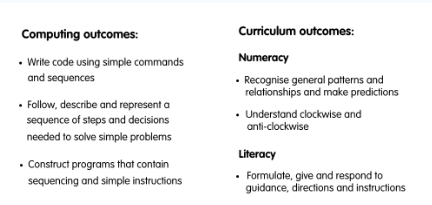
Step 1: How to Introduce Coding to your students
To introduce coding to your students, start with activity on giving instructions like the one listed below on ‘How to make a cup of tea’. It is important to tell children that a sequence is an order in which the commands or instructions are given.
Ask students to work together to put the commands in the correct sequence. Then ask them to share with the class why it is important that these instructions are put in the right order or else they will result in making a cup of tea incorrectly…which may not taste very nice.
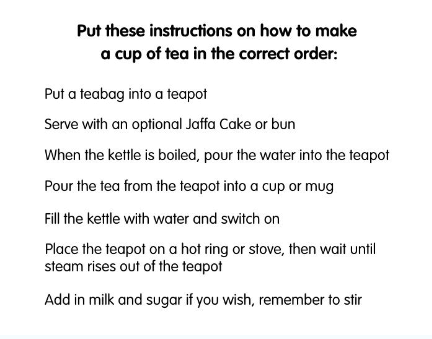
Step 2: Learning to give the correct commands to problem-solve
Now that students have discovered the importance of giving instructions in the correct order you can introduce them to their first coding app.
Ask the children to access the Swift Playgrounds app, then tell them to tap on Learn to Code 1. Here the children will have the opportunity to solve problems and puzzles by putting commands in the correct sequence.
In this video, I walk through step-by-step how to give commands in coding in Swift Playgrounds.
Children will have to start at the first level – issuing commands. If children want to jump to a different level they should tap the button at the top left of the screen.
*We recommend that children work through the levels in the lesson however in order to develop their sequencing and coding skills.
In each puzzle, children must give the character, named Byte, commands/instructions to move around the puzzle and collect gems. To do this they must tap the commands, written in the Swift language at the bottom of the screen. Once they are happy with their instructions and the sequence they should tap Run my Code at the bottom right of the screen. Some of these instructions are shown below. If correct, the children will move to the next level. If incorrect, children will have to identify what is wrong in the sequence and correct it – developing their problem-solving and computational thinking skills.
In this video, I show how to run your code in Swift Playgrounds to see if your commands are correct.
Assessment tip – Tap the 3 small dots at the top of the screen to access the Record Movie function. This will allow children to record what they are doing. This can be saved for future assessment, evidence or even shared through other apps.
Step 3: Collaborating and Reflecting on Coding Skills
In the final minutes of the lesson, bring the children together and put up the Adding a New Command and Toggling a Switch levels on the Interactive Whiteboard or TV. Ask them to share the commands/instructions they used to solve the problem with their friends. If they have recorded videos, ask them to share these also. This will allow other children to see the process of putting the commands in the correct order. these videos may also have captured examples of debugging, problem-solving and logical thinking.
For more practical lesson plans or exemplars on Coding in the Primary Classroom, check out my course on the Wriggle Connect platform today.
Or to take things further and get children thinking about designing their own app, you can take a look at Miriam and Lyndsey’s course on App Prototyping in Keynote.
